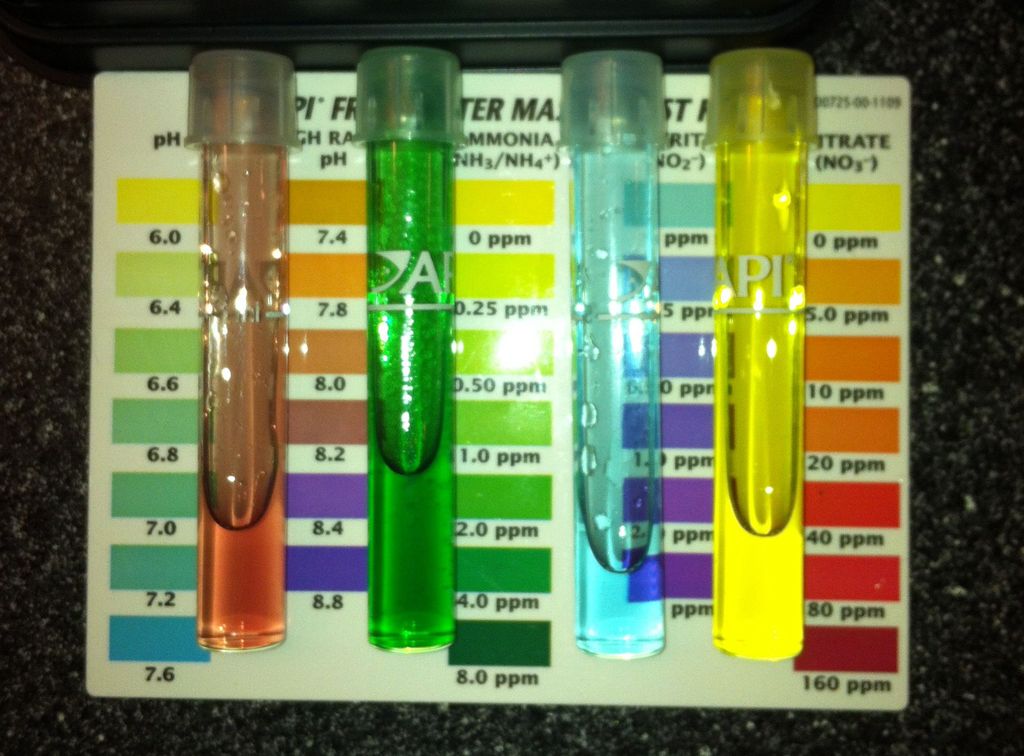

Chess engine authors believe a "clone" happens if an idea (or some code) copied from Stockfish.

I feel Houdini was unsurprisingly sourcing information/ideas etc from Stockfish and Robolitto, but it was not a clone more like a genuine efforts to improve old ideas and develop new methods.
#Fishtest stockfish code
I believe everyone who is serious in chess engine programming would treat the Stockfish source code like a bible. honestly who wouldn't? Komodo is famous for tracing every single bit in Stockfish and apply/improve the ideas in their own engine. My personal feeling is the Houdini author must have studied Stockfish's source code very carefully. I can't find anything in the code that says otherwise. It certainly looks like the Houdini source code. It would've taken even the best talent months (or years?) of hard work to develop it, so it doesn't look like a prank.

It was not a clone of Stockfish in the sense that the codebase was quite different, certainly not a 10 minutes copy-and-paste. I took a quick look into it, it looked like a valid strong chess engine. The alleged source code might have been published online. The main reason it looks different is because of the Dutch translation and the fact that Stockfish has evolved significantly since Houdart last touched the Stockfish codebase. In other words, Houdini did not notably build upon Stockfish in any meaningful way. (Source: nextchessmove's elo data + CCRL data) Later, when Houdini 6 was released, this was also true. However, the code came from TurboPack and was translated into C++, so it's not clear that that was original work, either.Īdjusting for the time of release, the version of Stockfish on GitHub at the time of Houdini 5's release was more or less equal in strength to Houdini 5. For example, the licensing system was not from Stockfish. In fact, in one file, evaluatie.cpp, you can spot the naming conventions used by the Hex-Rays decompiler. There were changes, but Mark Lefler, developer of Komodo, noted that a number ofaa changes were simply adding features reverse engineered from Komodo. The leaked source code was compiled by Ed Schroder and found to have a 1:1 correspondence with Houdini in a vast number of test positions, while others, like Simon Guenther, have found that the leaked code behaves identically in the start position even up to high depths. The alleged performance improvements over Stockfish go away after removing this trick. Exploiting modular arithmetic tricks and archived Houdini games, this exact code was shown to be present in the release version of Houdini.

NNUE is typically much more accurate than classical evaluation, gaining hundreds of Elo. To hide its origins, code was included that multiplied the node count by 8/7. The first NNUE implementation was added in Stockfish 12, and evaluates positions using a neural network, which is trained on a large set of training data. A number of Stockfish developers, including former maintainers, have noted as such. Note: There is a distortion in the Elo ratings for Stockfish 3 and Stockfish 4 due to 7 time forfeits (all by Stockfish 3 when playing Stockfish 4) that have not been replayed yet.The search, evaluation, etc., are almost identical to Stockfish, with the notable exception of being rewritten in Dutch. Total number of games: 159600 (games available upon request) Openings: 50 positions 2 moves deep (a subset of the openings used in round 2 of TCEC)Īdjudication: 450 cp for 4 moves draw after 120 moves if score < 50 cp for 4 moves Each version played each other 100 times (50 openings/reversed colors). For each month, I downloaded the last development version available on the 22nd day (the chosen day due to SF 2.3.1 being dated 2). For my measurement, I have used the generic Linux 64bit compiles available at . I have tried to measure the change in Elo for Stockfish, using Stockfish 2.3.1 (which I believe was the original "master" or reference version) as the reference. In addition, the successful ideas that have come out of Fishtest have had a definite effect on development of other computer chess engines. With contributions from over 900 developers and testers, who have supplied ideas for over 15,000 tests and given over 600 years of CPU time, Fishtest has led to the dramatic increase in strength of Stockfish. Using your favorite text editor, copy and paste the following bash script, calling it makefish.sh: Start a MSYS2 MinGW Clang 圆4 shell, C:\tools\msys64\clang64.exe.
#Fishtest stockfish install
In conjunction with the use of GitHub, the development of Stockfish became a truly open and public project. With Windows version older than Windows 10 you could need to install the Microsoft Windows Universal C Runtime. In the first quarter of 2013, Gary Linscott created the distributed testing framework known as "Fishtest".


 0 kommentar(er)
0 kommentar(er)
